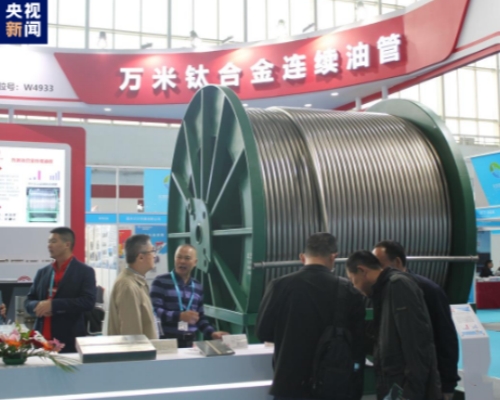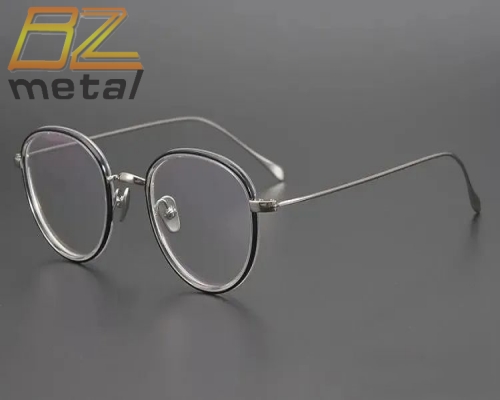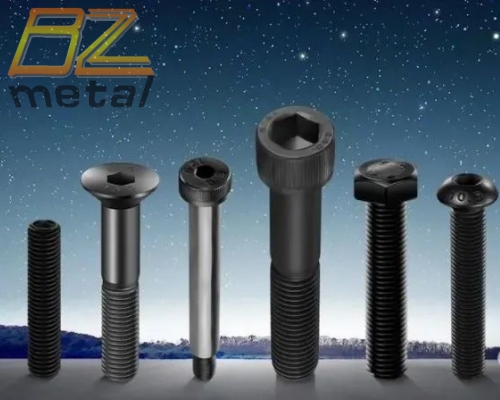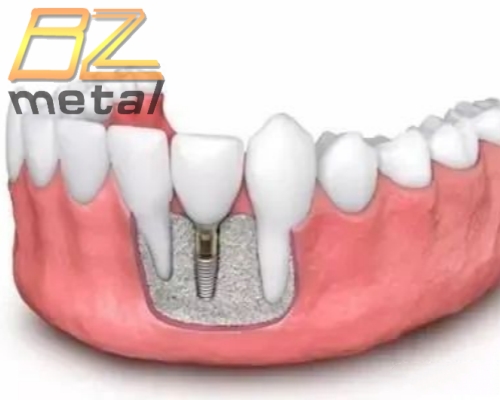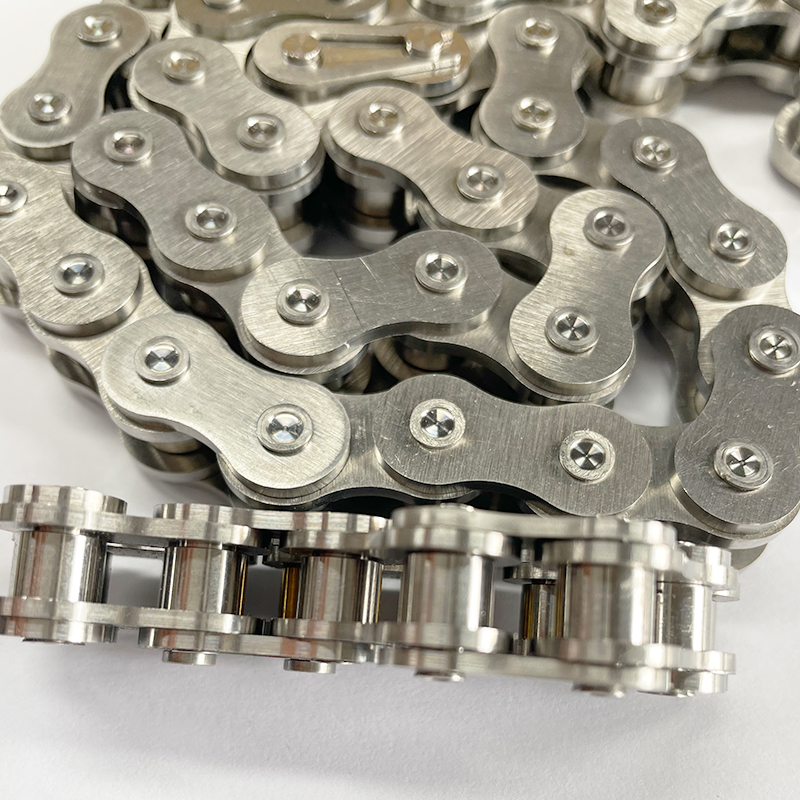What Are The Methods To Improve The Surface Processing Quality Of Titanium Alloy?
What Are The Methods To Improve The Surface Processing Quality Of Titanium Alloy?
Improving the surface processing quality of titanium alloy typically involves several methods aimed at enhancing surface finish, corrosion resistance, and overall performance. Here are some common techniques:
1. Chemical Surface Treatments:
Various chemical treatments like pickling, anodizing, and chemical polishing can be employed to remove surface contaminants, improve surface smoothness, and enhance corrosion resistance.
2. Mechanical Surface Finishing: Mechanical methods such as grinding, sanding, polishing, and buffing can be used to achieve desired surface roughness, texture, and appearance. These processes can be manual or automated depending on the required precision.
3. Electrochemical Polishing: Electrochemical polishing involves the use of an electrolyte solution and an electric current to selectively dissolve surface irregularities, resulting in a smoother and more uniform surface finish.
4. Shot Peening: Shot peening involves bombarding the surface of the titanium alloy with small spherical media (shots) under controlled conditions. This process induces compressive stresses in the surface layer, improves surface hardness, and enhances resistance to fatigue and stress corrosion cracking.
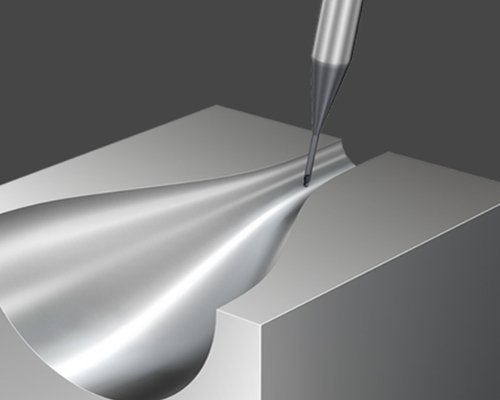
5. Laser Surface Modification: Laser surface treatment techniques such as laser cleaning, laser ablation, and laser alloying can be utilized to remove surface contaminants, refine microstructure, and introduce beneficial surface modifications without affecting the bulk properties of the material.
6. Coating Technologies: Applying protective coatings like ceramic, metallic, or organic coatings can improve surface properties such as wear resistance, hardness, and corrosion resistance. Techniques include physical vapor deposition (PVD), chemical vapor deposition (CVD), and thermal spray methods.
7. Ultrasonic Surface Modification: Ultrasonic surface modification techniques utilize high-frequency vibrations to enhance surface properties, including cleaning, deburring, and surface activation for subsequent treatments.
8. Surface Passivation: Passivation treatments involve the formation of a passive oxide layer on the surface of titanium alloys to improve corrosion resistance. Processes like chemical passivation and thermal oxidation can be employed for this purpose.
9. Surface Texturing: Introducing controlled surface textures or patterns through methods like laser texturing or etching can enhance functional properties such as lubrication, wear resistance, and hydrophobicity.
10. Precision Machining: Utilizing advanced machining techniques such as high-speed machining, diamond turning.

